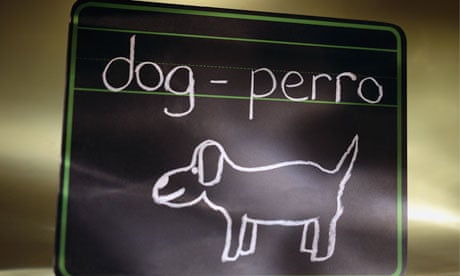At long last, after millions of students in thousands of classrooms have freely and incautiously breathed trillions of breaths, there's a report about the question: How much chalk dust enters the air when a teacher uses a blackboard?
The study, Assessment of Airborne Fine Particulate Matter and Particle Size Distribution in Settled Chalk Dust During Writing and Dusting Exercises in a Classroom, was done by Deepanjan Majumdar, DG Gajghate, Pradeep Pipalatkar and CV Chalapati Rao of the National Environmental Engineering Research Institute in Nehru Marg, India.
The team weighed each piece of chalk before and after using it. They collected chalk dust from the air, and also the dust that fell on to a long sheet of paper laid over the base of the blackboard.
Their experiment featured three kinds of chalk, one blackboard, an eraser, an aerosol spectrometer (to measure and record the amount of dust floating in the air), and a Cilas model 1180 particle-size analyser.
The researchers tried to ensure maximally pure conditions for the measurements. "All the windows and the only door were closed airtight", the "fans present in the classroom were not operated", and "personal movement in the classroom was completely restricted during the experiment to minimise resuspension of dust from floor".
The report explains that in schools that still use chalk, teachers brave the greatest direct risk: "During teaching, entry of chalk dust in the respiratory system through nasopharyngeal region and mouth could be extensive in teachers due to their proximity to the board and frequent opening of mouth during lectures and occasional gasping and heavier breathing due to exhaustion. As per current state of knowledge on particulate matter vis-a-vis chalk dust, it "may remain suspended in air for some time before settling on the floor and body parts of the teachers and pupils".
The scientists acknowledge that chalk and chalkboards these days are being supplanted, in many schools, by whiteboards and other more modern, less intrinsically dusty technology. But chalk still enjoys wide usage in many countries.
The study, published in the journal Indoor and Built Environment, ruefully concludes: "Though real-time airborne chalk dust generation was found to be low in this study … and did not contain toxic materials, chalk dust could be harmful to allergic persons and may cause lacrimation and breathing troubles in the long run and certainly is a constant nuisance in classrooms as it may soil clothes, body parts, audiovisual aids and study materials."

Comments (…)
Sign in or create your Guardian account to join the discussion